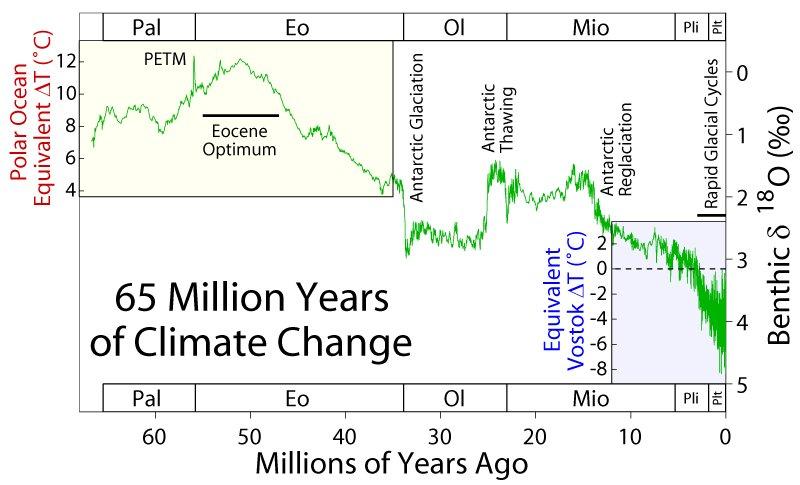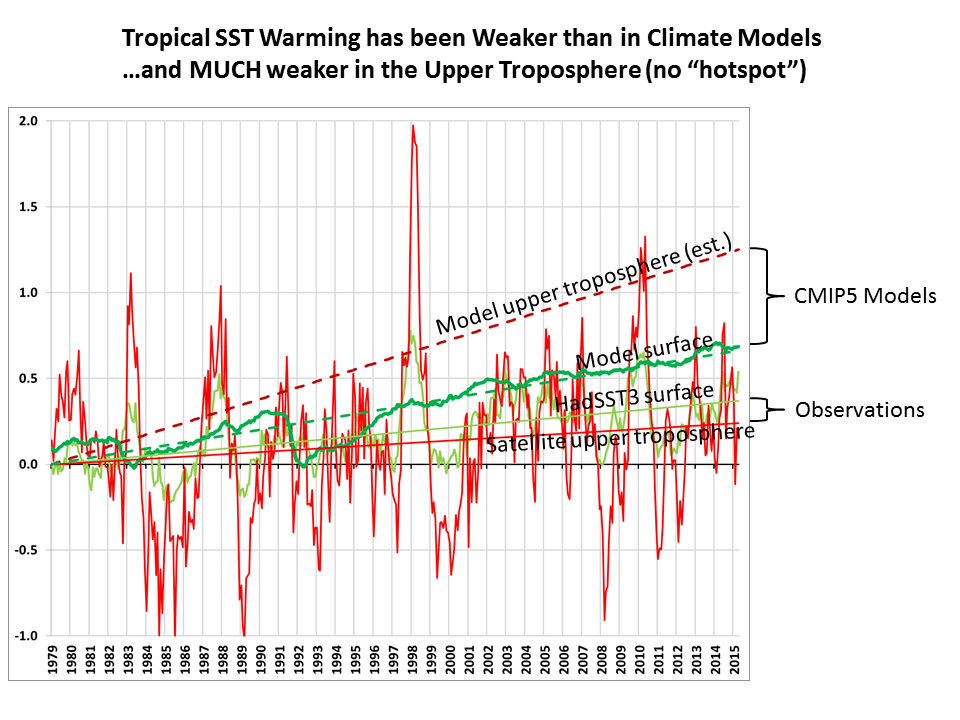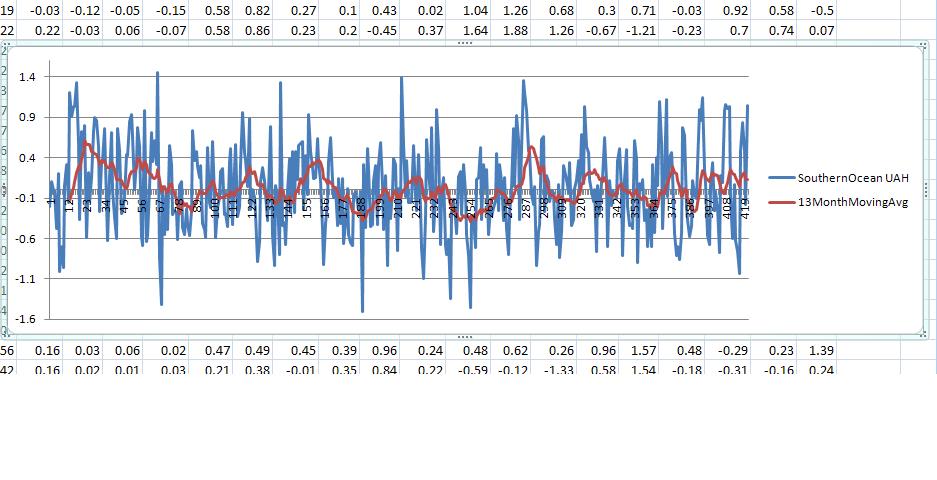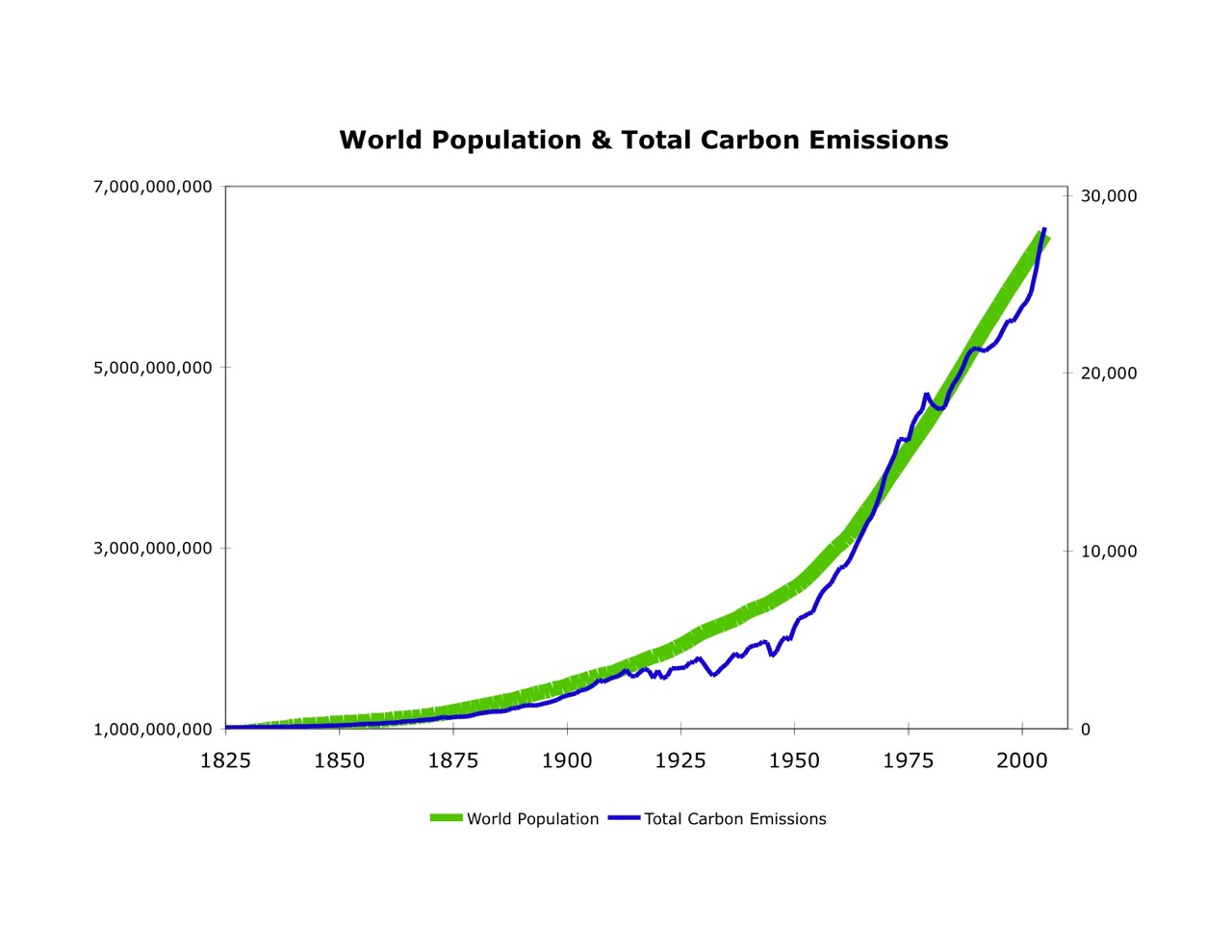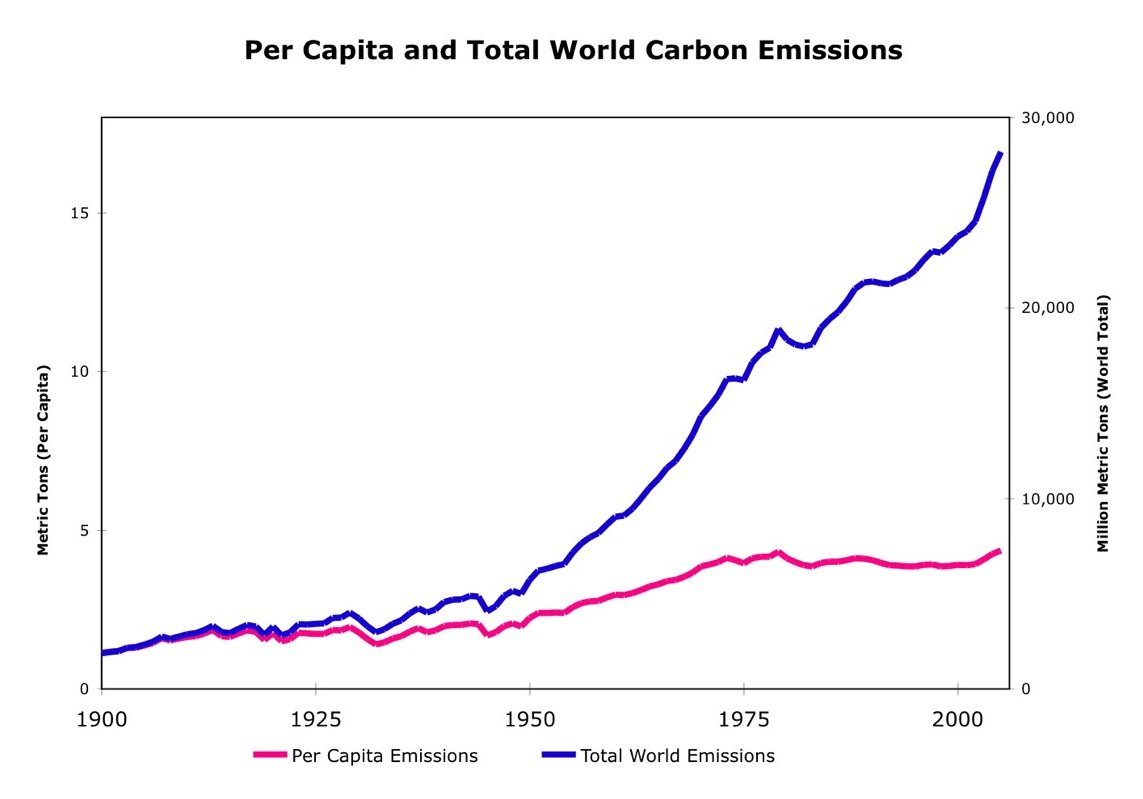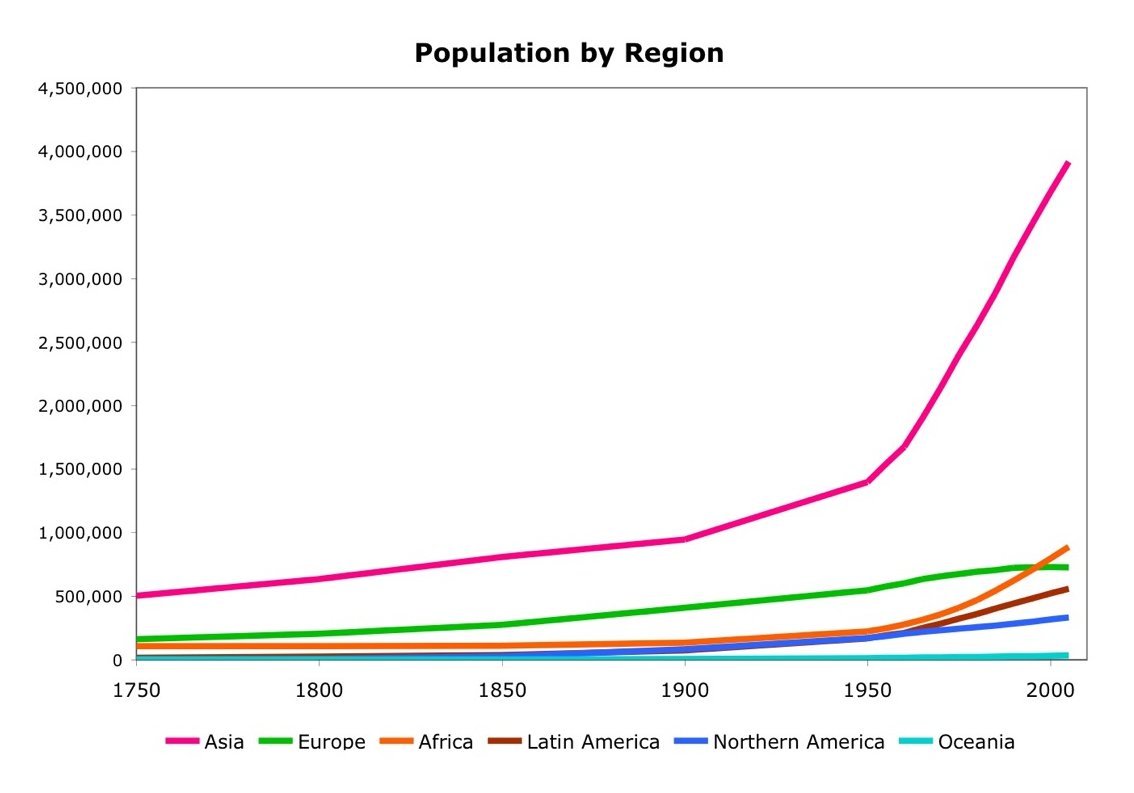WheelieAddict
Gold Member
- Feb 10, 2012
- 7,853
- 1,140
- 265
Wow... doesn't that look like we have a problem!!!!Remember when the idiots that populate this forum insisted the El Nino wasn't happening and dispensed all kinds of bullshit "facts" from shill websites that turned out to be bunk and mods were agreeing with their posts?Looks like the bullshit is back lol.

Not really. It is all part of a natural cycle that has been occurring for the past 400,000 years.



